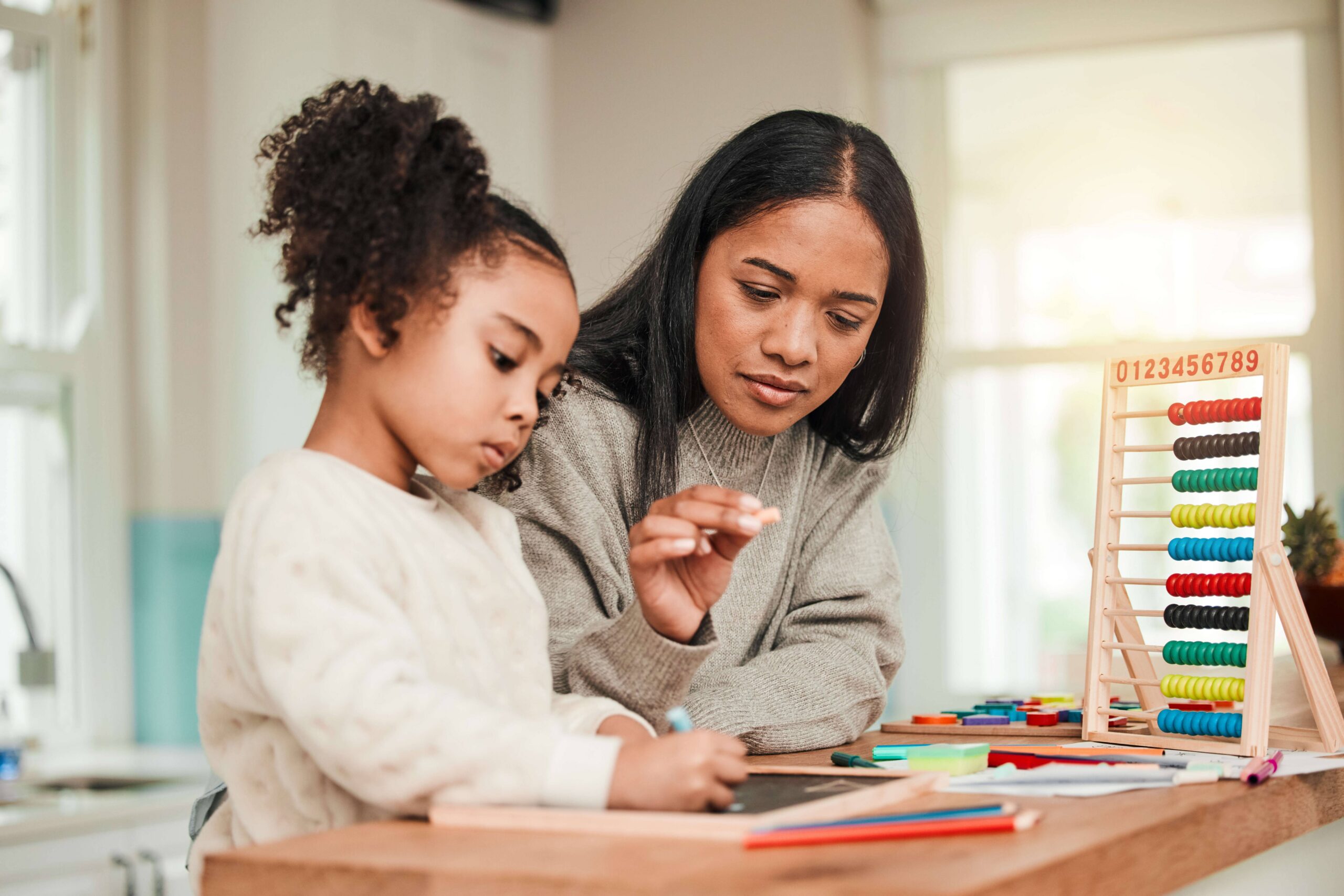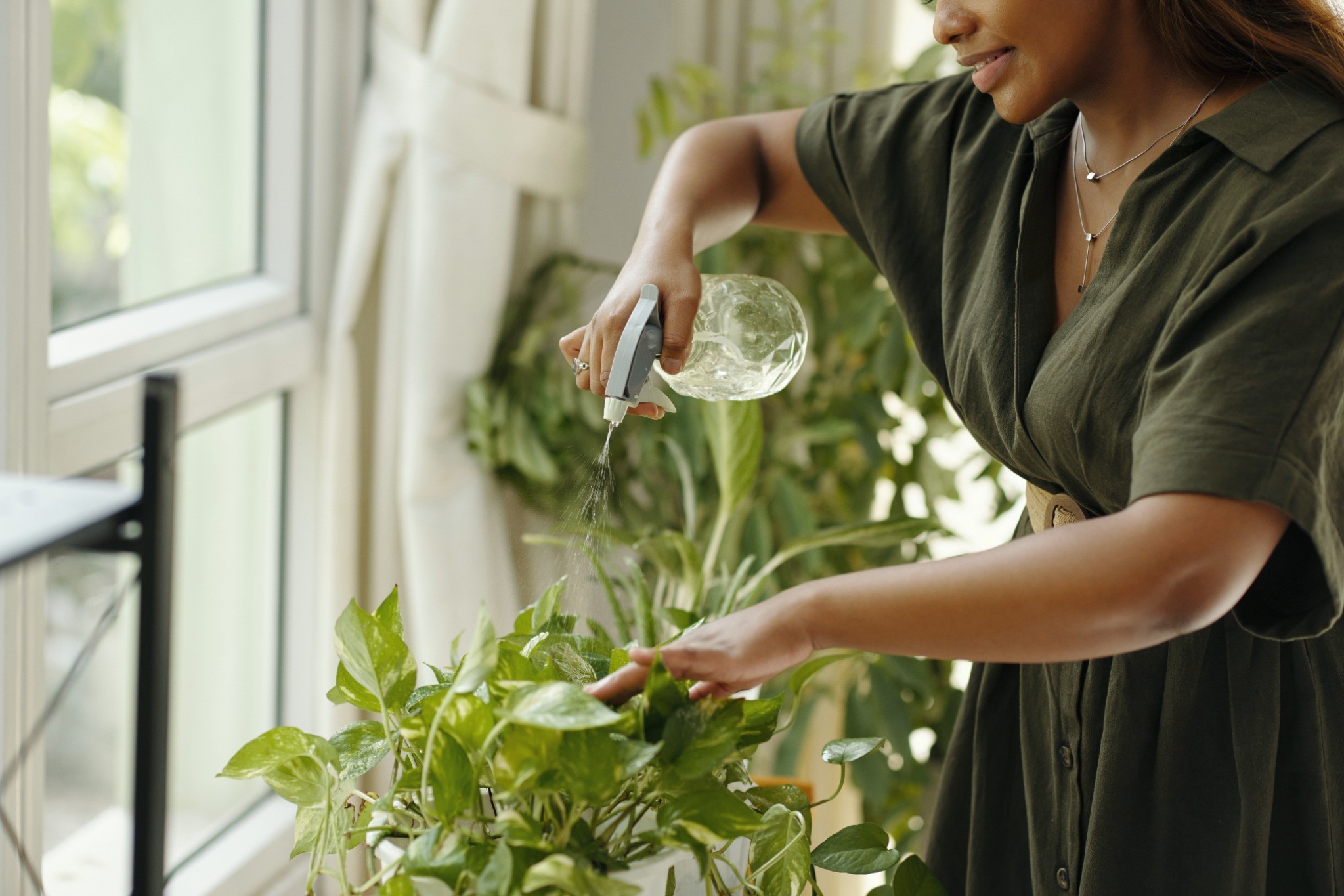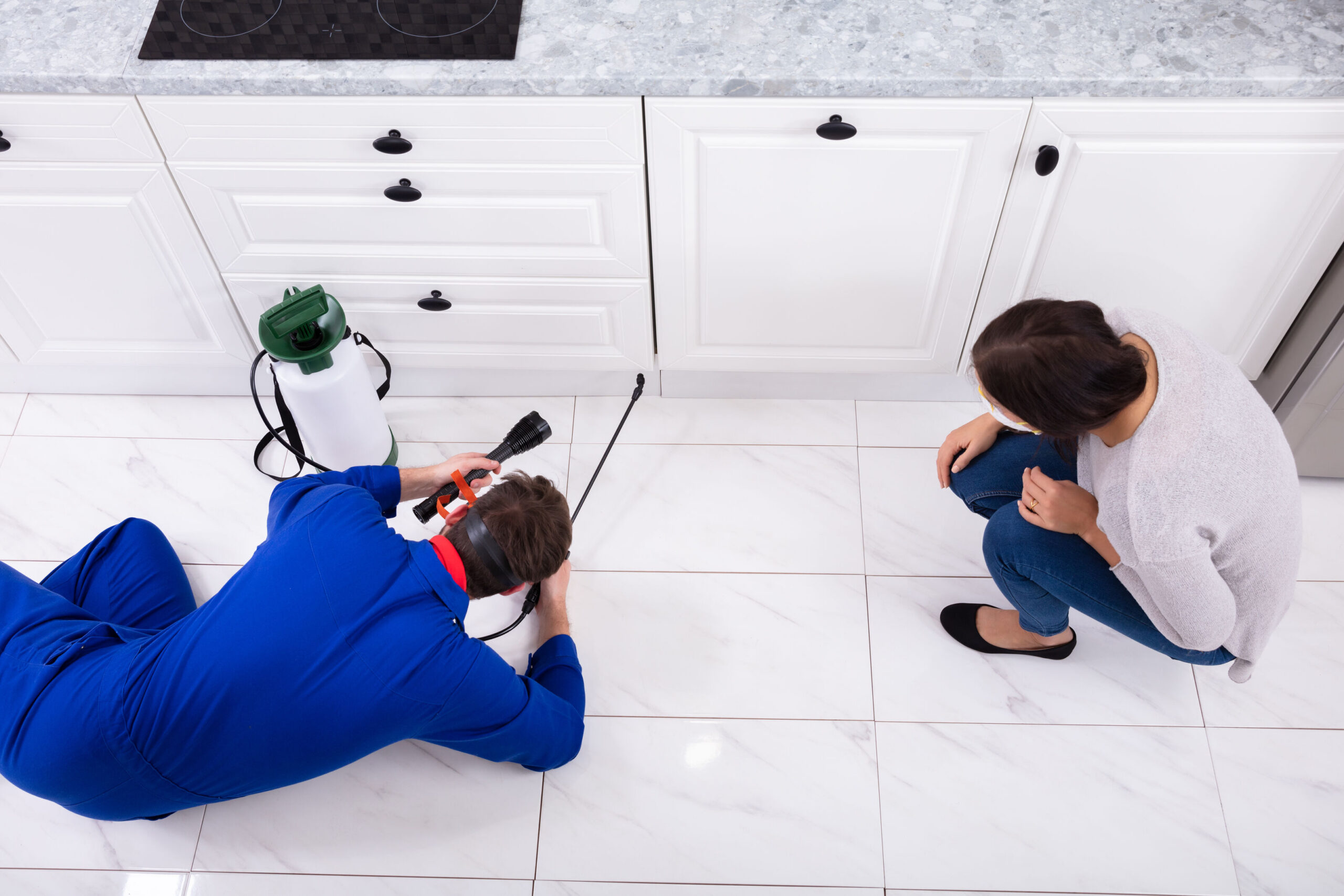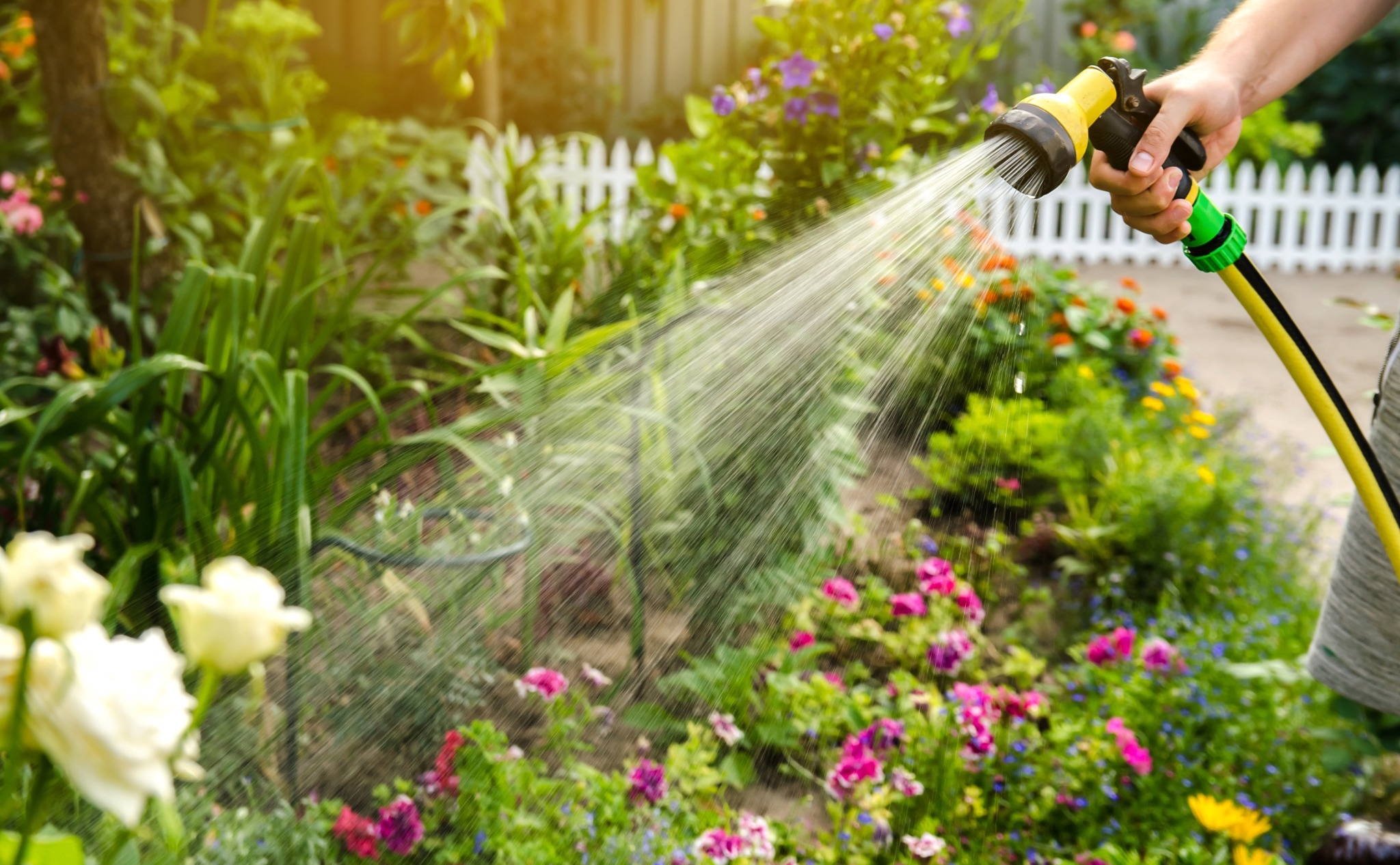Table of Contents
How to Reduce Plastic Waste at Home Without Going Zero-Waste: Simple Swaps That Make a Big Difference
You don’t need to go fully zero-waste to start cutting back on plastic. Even small changes in your daily routine can help reduce plastic waste at home without feeling like an all-or-nothing lifestyle overhaul.
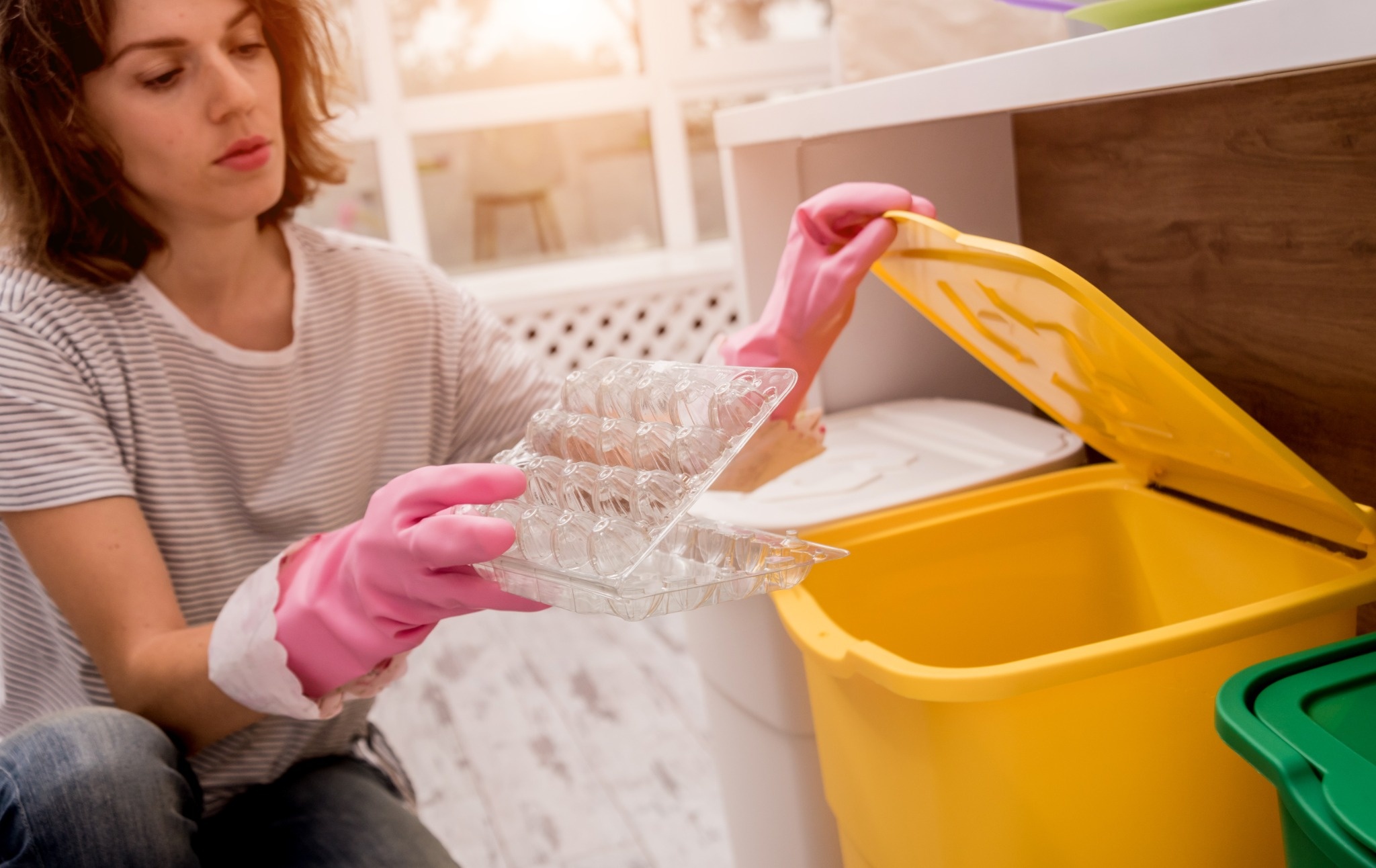
Why Plastic Reduction Matters
Plastic waste doesn’t just pile up in landfills—it ends up in oceans, breaks down into microplastics, and sticks around for hundreds of years. Reducing your household plastic use helps:
- Cut down on pollution
- Lower your environmental footprint
- Simplify your space and habits
You don’t have to eliminate plastic completely. Just start where you are—with what you have.
Start With the Kitchen
The kitchen is often the biggest source of single-use plastics in the home. Thankfully, it’s also one of the easiest places to make low-effort swaps.
| Plastic Item | Swap With |
|---|---|
| Zip-top bags | Reusable silicone bags or containers |
| Plastic wrap | Beeswax wraps or plate covers |
| Water bottles | Refillable bottles (glass, stainless, or BPA-free) |
| Grocery produce bags | Mesh or cloth produce bags |
| Disposable utensils | Reusable cutlery kits |
You don’t need to toss out what you already have—just replace plastic with reusable alternatives as things run out.
Buy in Bulk (When It Makes Sense)
Buying in bulk reduces packaging and usually saves money too. Even if you can’t access a bulk store, choosing the larger size of an item usually means less plastic per use.
Bulk-Friendly Products:
- Pasta, rice, and grains
- Spices and dried herbs
- Cleaning supplies (powdered detergent, refills)
- Snack foods in larger packages instead of single servings
Use glass jars or repurposed containers to store items at home—no need for a fancy pantry setup.
Cut Down on Plastic Bottles in the Bathroom
From shampoo to hand soap, your bathroom may be hiding more plastic than you think. Luckily, some simple swaps can reduce waste without giving up your favorites.
Easy Bathroom Swaps:
- Switch to bar soap for hands and body
- Try shampoo and conditioner bars
- Refill liquid soap and cleaning sprays using concentrates
- Use reusable cotton rounds instead of disposable ones
These swaps are often more affordable over time and just as effective as the bottled versions.
Reuse What You Can
You don’t need to purge every plastic item in your home—reuse is a big part of reducing waste.
- Rinse and reuse takeout containers for leftovers
- Turn yogurt tubs into storage bins or craft containers
- Keep sturdy plastic bags to reuse as trash liners or lunch bags
Reusing extends the life of the plastic you already have, which is a huge win for reducing overall waste.
Rethink How You Shop
One of the best ways to reduce plastic is by adjusting how (and where) you shop.
| Shopping Habit | Plastic-Saving Swap |
|---|---|
| Grabbing plastic bags | Keep reusable bags in your car/purse |
| Buying prepackaged produce | Choose loose fruits and veggies |
| Opting for plastic-packaged products | Look for cardboard, metal, or glass alternatives |
| Online shopping | Combine orders to reduce packaging waste |
Becoming more mindful of packaging doesn’t mean changing everything—just choose plastic-free when it’s easy and available.
Simplify Cleaning Supplies
Many cleaning products come in plastic bottles—but most are just a small amount of active ingredient diluted in water.
Low-Plastic Cleaning Ideas:
- Use cleaning tablets or concentrates in refillable bottles
- Make your own spray with vinegar and water
- Try powdered detergent in cardboard boxes instead of liquid
- Use microfiber cloths instead of paper towels
You’ll reduce plastic and save cabinet space, too.
Reduce Takeout Plastic
Takeout is convenient, but it often comes with a pile of unnecessary plastic.
Smart Takeout Habits:
- Ask restaurants to skip utensils, napkins, and straws
- Bring your own reusable containers or mugs if allowed
- Choose places that use compostable or minimal packaging
- Keep a “takeout kit” in your car: utensils, straw, and a napkin
Even if you only remember half the time, it still adds up to less waste.
Get the Household on Board
Plastic reduction works best when it’s a team effort. Get everyone in your home involved with easy-to-follow systems.
- Place a bin or basket for reusable grocery bags
- Label containers to make organizing simple
- Keep a “use it up” zone in the fridge or pantry
- Let kids help pick out fun reusable lunch containers or water bottles
Reducing plastic should feel simple—not stressful.
Don’t Aim for Perfect
You’ll still buy plastic sometimes—and that’s okay. The goal is progress, not perfection. Every plastic-free swap and reused item makes a difference.
Try this approach:
- Replace disposable plastic one category at a time
- Don’t toss out usable items—use them up first
- Choose easy wins (like reusable bags or soap refills) to build momentum
The less pressure you put on yourself, the more likely you’ll stick with it.
Small Steps, Big Impact
You don’t need to be zero-waste to make a difference. By rethinking how you shop, what you reuse, and how you manage daily habits, you can cut down plastic waste significantly—without overhauling your life. These small, affordable changes are sustainable, simple, and surprisingly satisfying.

